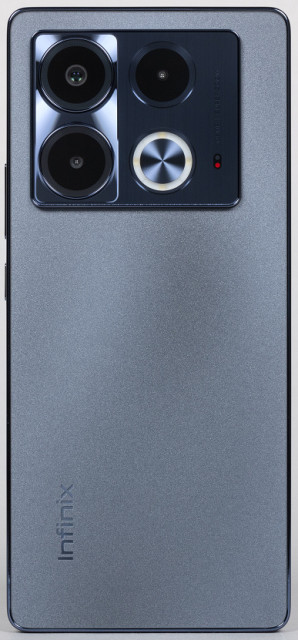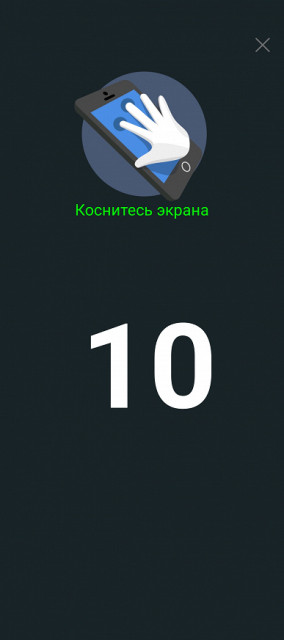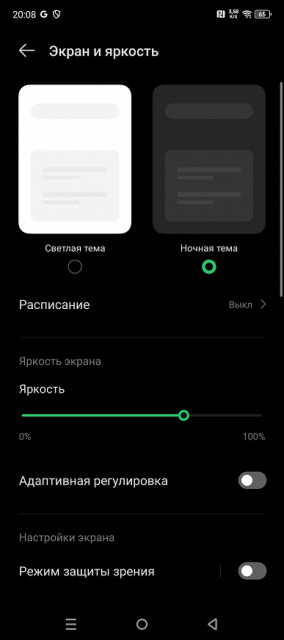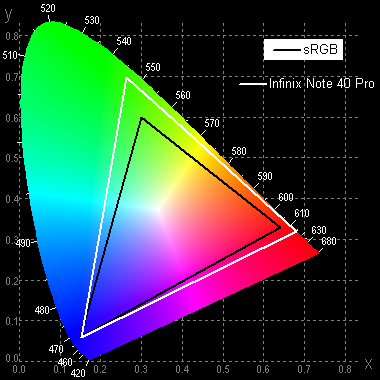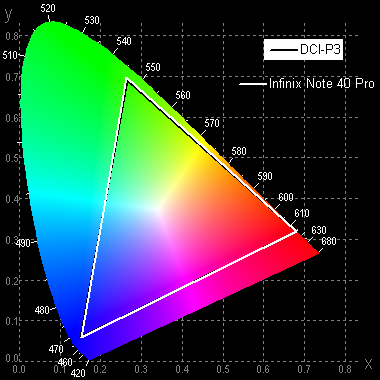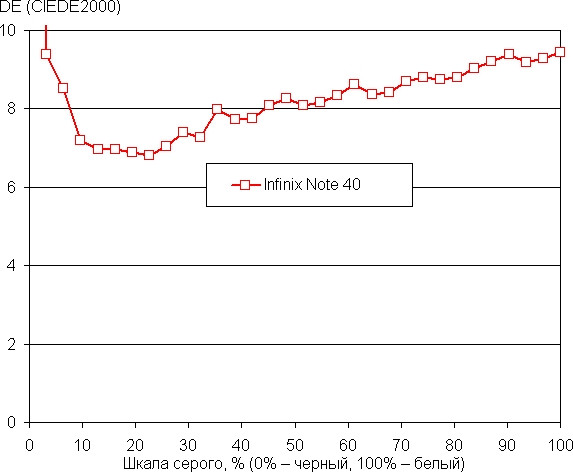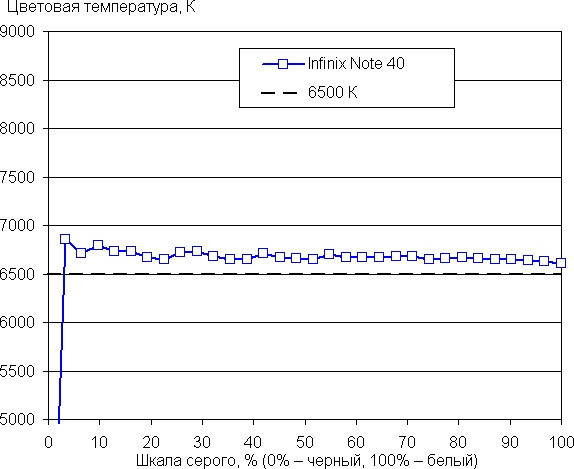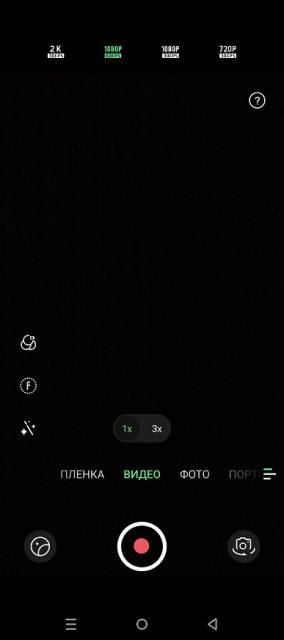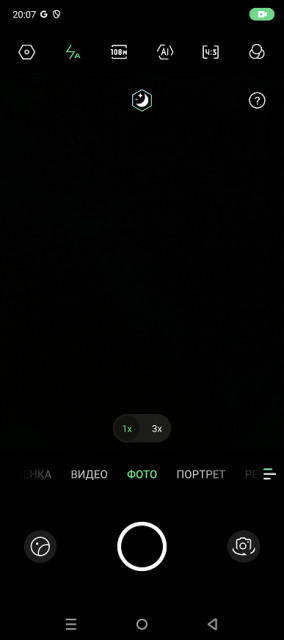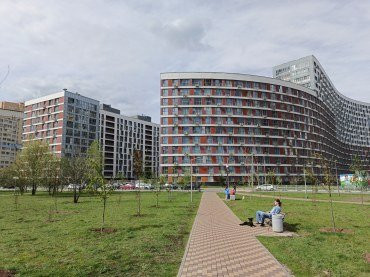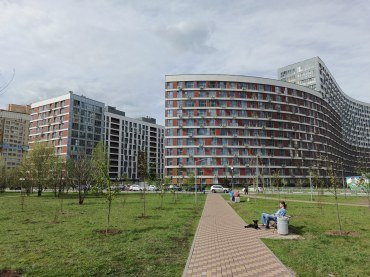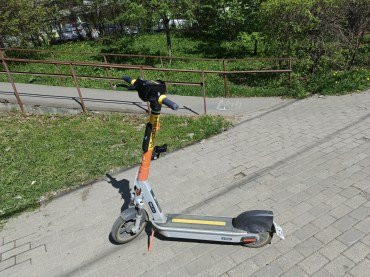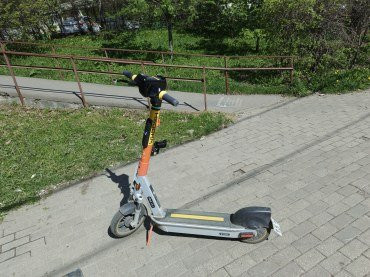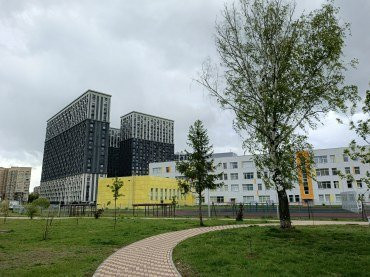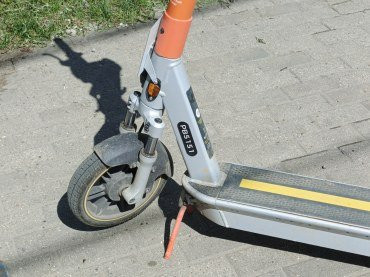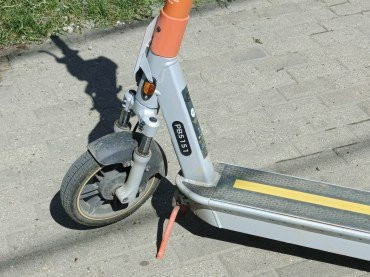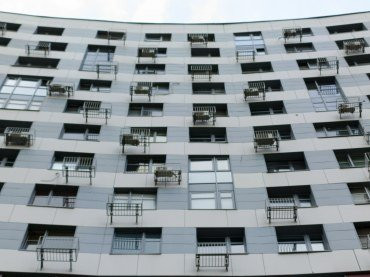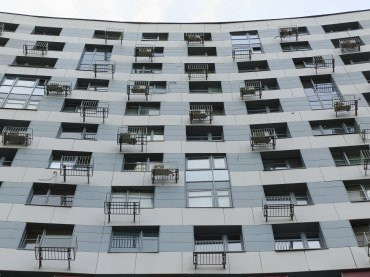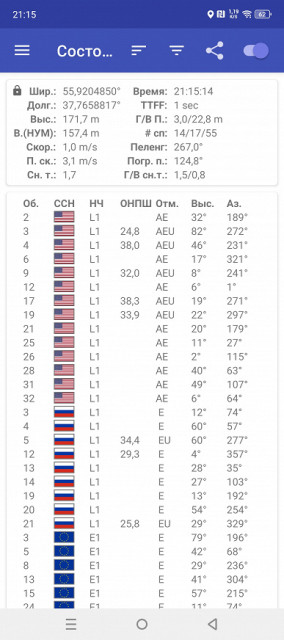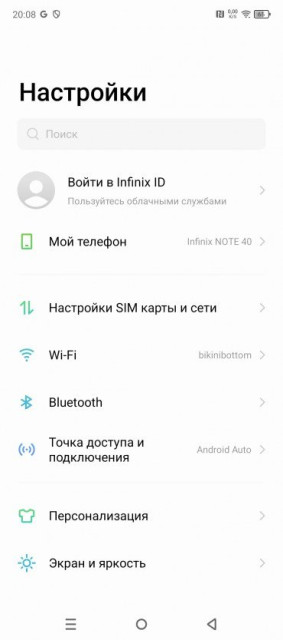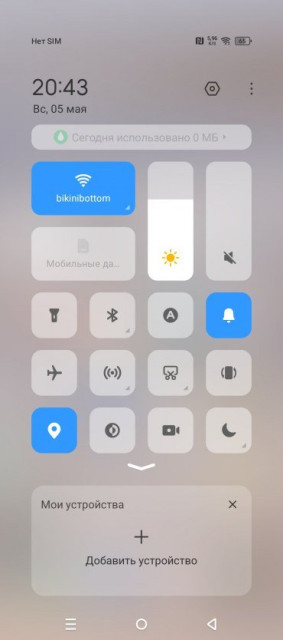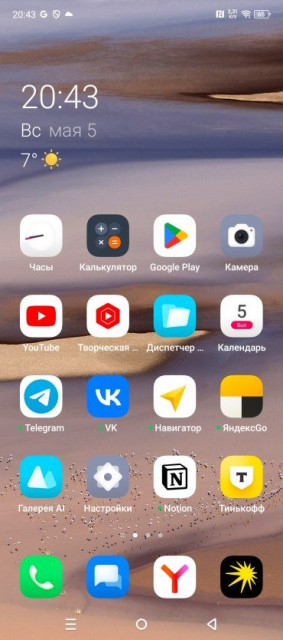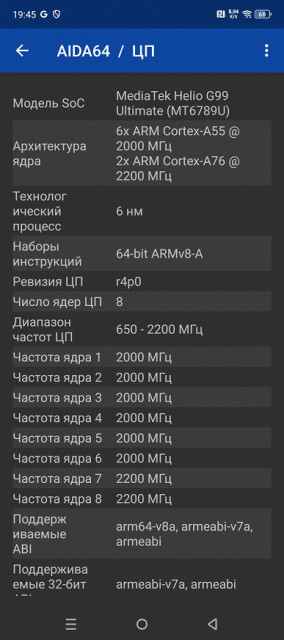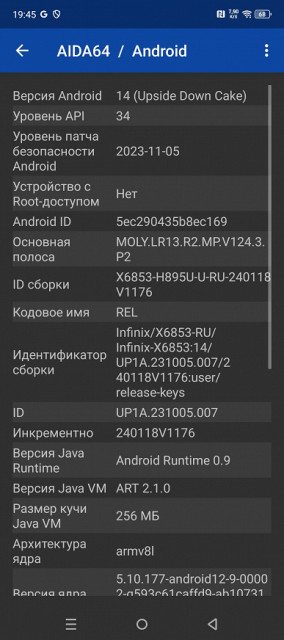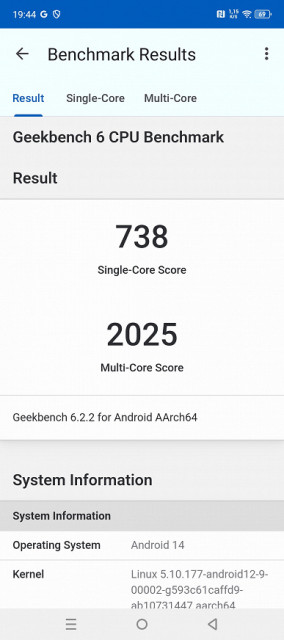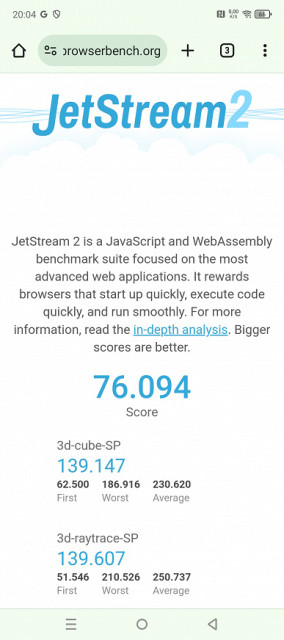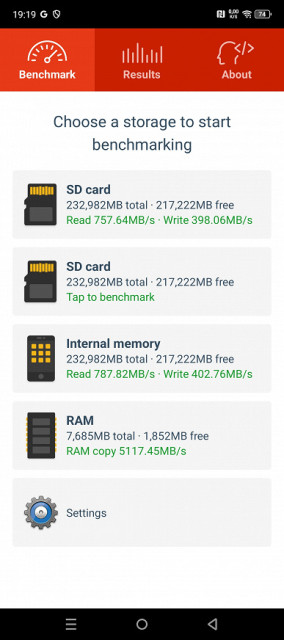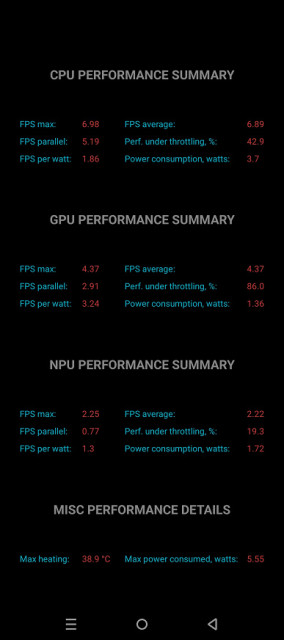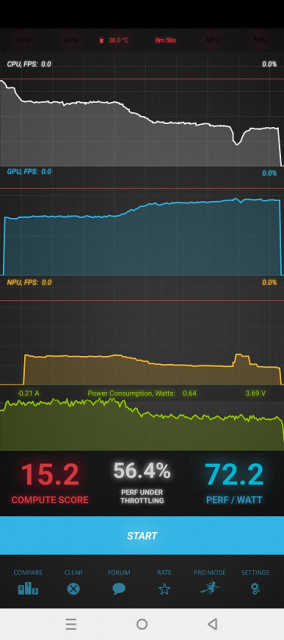This year, Infinix has expanded its popular Note series with new models that support wireless charging. The flagship is the Infinix Note 40 Pro, a more advanced version that is the successor to the Note 30 Pro. For those looking for a more affordable option, there's the Infinix Note 40, which, while a bit simpler, also supports wireless charging.
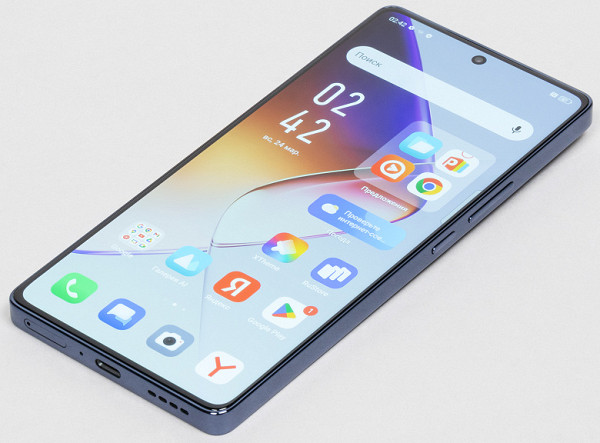
Key Features of Infinix Note 40 (Model X6853)
- SoC Mediatek Helio G99 Ultimate, 8 processor cores (2×Cortex-A76 @2.2 GHz + 6×Cortex-A55 @2.0 GHz)
- GPU Mali-G57 MC2
- Operating system Android 14.0, XOS14
- Touch display AMOLED, 6.78″, 1080×2436, 20:9, 393 ppi, 120 Hz
- RAM 8 GB, internal memory 256 GB
- No microSD support
- Nano-SIM support (2 pcs.)
- Networks 2G GSM, 3G WCDMA, 4G LTE
- GPS, Glonass, BDS, Galileo
- Wi-Fi 5 (2.4 and 5 GHz)
- Bluetooth 5.1, A2DP
- NFC
- USB 2.0 Type-C, USB OTG
- There is no 3.5mm audio output for headphones
- Rear camera 108 MP, video 1440р@30 fps
- Front camera 32 MP
- Proximity and lighting sensors, magnetic field, accelerometer, gyroscope
- Fingerprint scanner (under the screen)
- 5000 mAh battery, 45 W charging, 20 W wireless charging
- Dimensions 164×75×7.8 mm
- Weight 190 g
Appearance and ease of use
The Infinix Note 40 smartphone comes in a hard cardboard box with colorful branding.
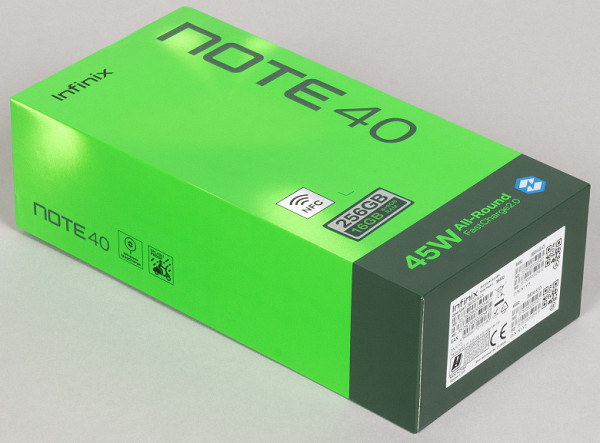
The kit includes a 45 W power supply, connecting cable, protective case, and protective glass for the screen. There's even a set of stickers.

The body of the Infinix Note 40 smartphone, unlike the older model, has a modern design with straight, clear lines and without a rounded front glass. The wide side bezel provides a comfortable grip, making the device more practical than the slick and slippery Infinix Note 40 Pro. While the Note 40's appearance isn't as refined, it feels more secure in the hand.
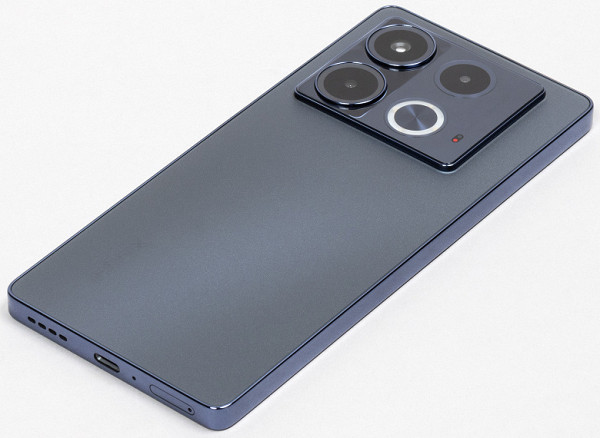
In general, the smartphone looks decent: the side frame has a chrome sheen, and the back panel is matte, rough and pleasant to the touch, not easily soiled. The only thing that raises doubts is the large metal insert spanning almost the entire width of the back, which includes camera modules and flashes. She looks a little rough. However, unlike the more refined older model, the square shape of this unit harmonizes better with the angular design of the case, resulting in a harmonious look.
The case materials correspond to the price segment of the device: the frame is plastic with a metallized coating, and the back panel is made of plastic that imitates frosted glass. The body is large and weighty, but not too heavy. The only negative is that the slippery flat edges make it difficult to lift the smartphone from the table the first time. However, given the attractive included case, it's unlikely that anyone will use the device without it.

The included case is unusual: it is a hard bumper with open sides, which allows you to use a magnetic mount for an external power bank with wireless charging. However, for wireless charging in the usual way, simply by placing the smartphone on the charging pad, you do not need to use a case.
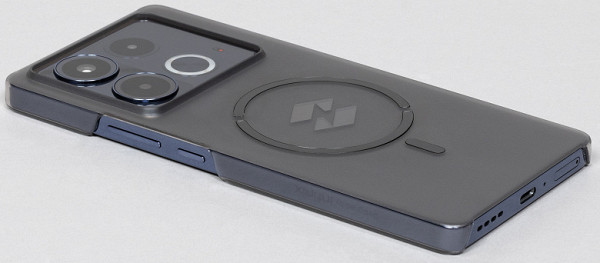
The image of the smartphone is complemented by a circular LED indicator in the lower right corner of the block. While this isn't a unique feature, it adds a fresh twist to the device's otherwise conventional design and may particularly appeal to younger audiences. The indicator supports lighting effects for music player and games, and also indicates new notifications, incoming messages and battery charging status in different colors.
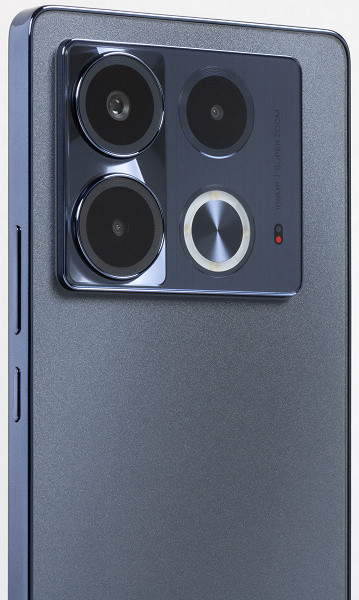
The side buttons are wide, but for some reason have a very short travel. They are located on one side directly under the finger, but the depth of travel would need to be greater.

A single front camera eye is installed behind a circular cutout in the screen matrix in the center of the top edge.
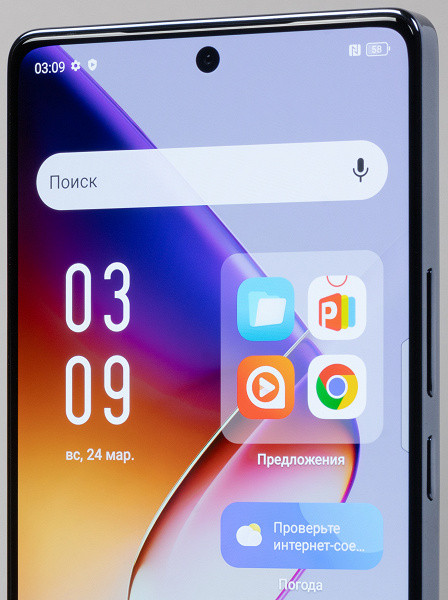
The fingerprint scanner is located under the bottom of the screen glass. The sensor is optical, located low, this solution is less convenient and less fast than the scanner in the side button.
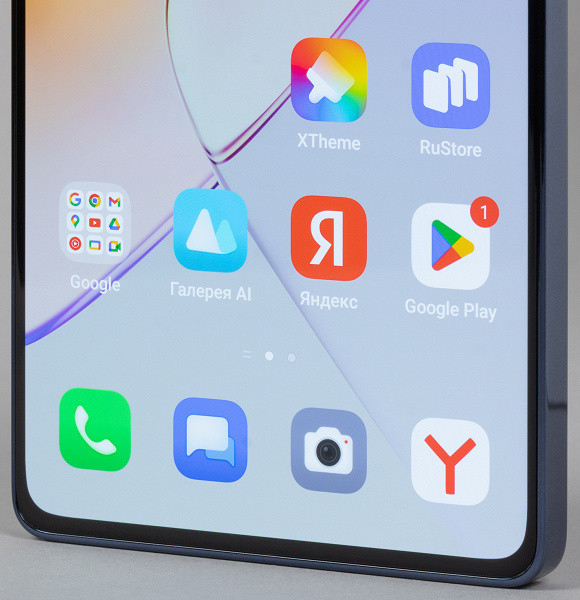
The slot on the bottom can accommodate two Nano-SIM cards (on one side and the other side of the sled). Installation of a microSD memory card is not provided.
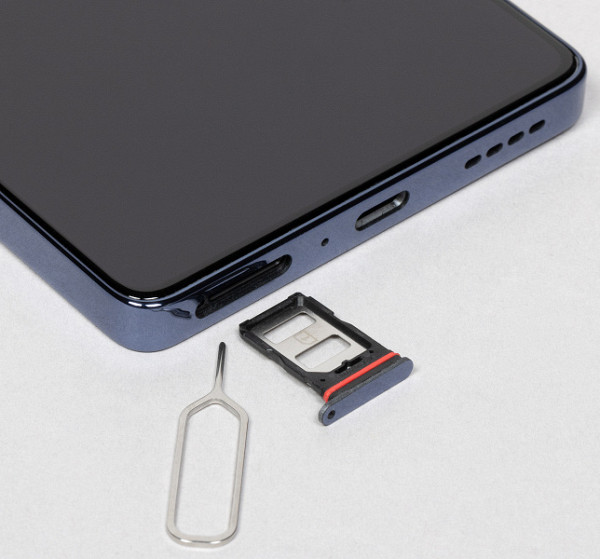
A speaker, microphone and USB Type-C connector are also installed here at the bottom end.

The upper end is given over to an additional microphone and a second speaker.

The smartphone is available in two colors — Titan Gold and Obsidian Black. The case is protected according to the IP54 standard, which provides protection against splashes of water and dust. This allows you to use the touchscreen with wet hands in the rain, but does not protect against complete immersion in water.
Screen
The Infinix Note 40 smartphone is equipped with a 6.78-inch AMOLED display with a resolution of 1080×2436 (20:9 aspect ratio), protected by flat Corning Gorilla Glass. The physical dimensions of the screen are 70x158 mm, pixel density is 393 ppi. The frames around the screen are 2mm wide on the sides and 3mm wide at the top and bottom. The screen supports a 120Hz refresh rate.
The front surface of the Infinix Note 40 screen is a glass plate with a mirror-smooth, scratch-resistant surface. The anti-glare properties of the screen are noticeably better than those of the Google Nexus 7 (2013). The oleophobic coating effectively repels grease, making fingerprints easier to remove and slowing down their appearance.
The maximum screen brightness reaches approximately 520 cd/m² under normal conditions and up to 950 cd/m² when high brightness mode is turned on. Overall, the screen brightness is quite high, especially in the white areas, making it easy to read in daylight. The minimum brightness is 2 cd/m², which allows you to comfortably use the device in complete darkness. Automatic brightness adjustment based on the light sensor (located under the screen, closer to the top edge) adequately responds to changes in lighting: reduces brightness to 12 cd/m² in complete darkness, sets 190 cd/m² in a lit office and increases to 950 cd/m² under direct lights the sun's rays. The auto-brightness function works well, but does not allow the user to fine-tune the brightness to suit their preferences.
At high and medium brightness levels there is significant modulation with a frequency of 60 or 120 Hz. Changes in brightness for different settings are presented in the form of graphs.
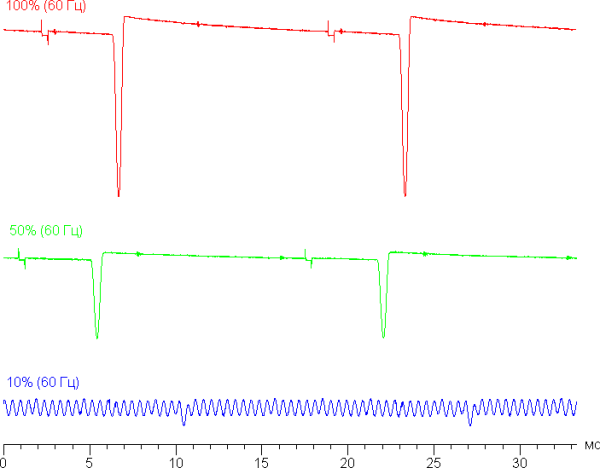
At high and medium screen brightness, the modulation frequency is low (60 Hz), but the modulation duty cycle is also low, which makes flickering invisible. When the brightness is significantly reduced, the modulation frequency increases to 2160 Hz, which still does not cause visible flicker.
A mode with an increased refresh rate of up to 120 Hz is available in the screen settings.
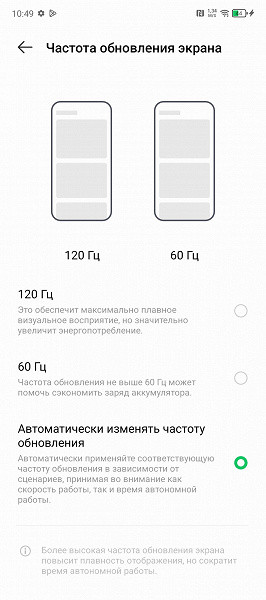
In 120Hz mode, scrolling smoothness is noticeably improved. Let's see if this changes the nature of the modulation. 120Hz mode:
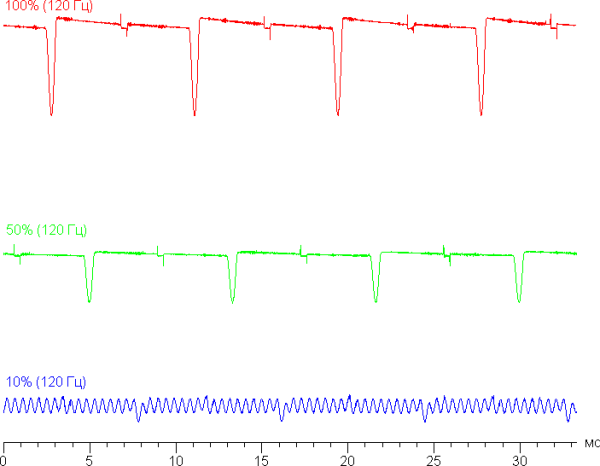
The modulation frequency at high and medium brightness increases to 120 Hz, while the modulation pattern at low brightness remains similar to that observed at a refresh rate of 60 Hz. In any case, there is no visible flicker.
The screen uses an AMOLED matrix, which consists of active organic light-emitting diodes. The image is formed using subpixels of three colors — red ®, green (G) and blue (B), and there are half as many red and blue subpixels. This can be designated as RGBG, which is confirmed by a fragment of a micrograph.
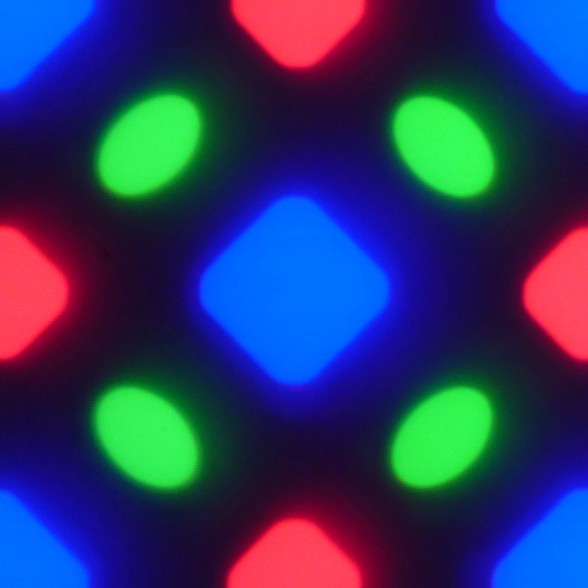
A fragment of the microphotograph shows 4 green subpixels, 2 red (4 halves) and 2 blue (1 whole and 4 quarters). These pieces can be repeated to cover the entire screen without tears or overlaps. For such matrices, Samsung uses the designation PenTile RGBG. The manufacturer calculates the screen resolution based on the number of green subpixels, while it will be lower for red and blue subpixels. Small irregularities in contrast borders and artifacts are present, but due to the high resolution their impact on image quality is minimal.
The screen demonstrates excellent viewing angles. When the deviation is significant, white takes on a slight blue-green tint, but black remains black at any angle. Such deep blacks make the contrast setting almost unusable. For a visual comparison, photographs of the screens of a smartphone and a second device (Nexus 7; below — Nexus 7, above — smartphone) are shown, where both screens show the same images. The brightness is set to approximately 200 cd/m², and the color balance on the camera is fixed at 6500 K.

Note the good uniformity of brightness and color tone of the white field.
And test picture (Original color profile):

Colors on a smartphone screen appear oversaturated (tomatoes, bananas, napkins, and face shades are distorted, for example), and color balance is noticeably off. Please note that photography is not an accurate source of color information and is for visual illustration purposes only. For example, the reddish tint of white and gray visible in photographs of smartphone screens is absent when viewed from the right angle, as confirmed by hardware tests using a spectrophotometer. This is due to the fact that the spectral sensitivity of the camera matrix differs from the perception of the human eye.
The photo was taken after selecting the «Original Color» profile in the screen settings; there are two profiles available.
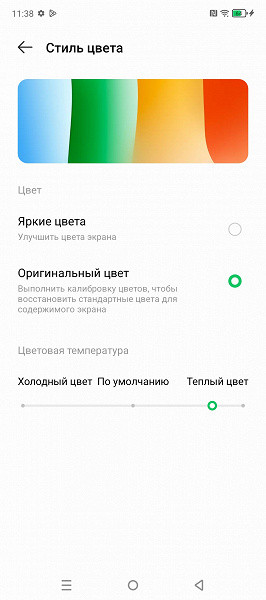
When choosing the first, Vivid Colors, the colors are even more oversaturated and unnatural:

This effect is achieved by increasing color contrast. Additionally, you can adjust the shade, choosing between cool and warm colors.
The brightness decreases at an angle for both screens, but for the smartphone this decrease is much less pronounced. Therefore, while the brightness is formally the same, the smartphone screen appears significantly brighter compared to LCD screens, since the mobile device is often viewed at a slight angle.
Switching the state of the matrix elements occurs almost instantly, but at the turn-on edge a step with a width of about 17 ms (which corresponds to a screen refresh rate of approximately 60 Hz) or approximately 8 ms (120 Hz) can be observed. For example, this is what the dependence of brightness on time looks like when moving from black to white:

Under some conditions, such a step can cause plumes that trail moving objects.
A gamma curve plotted at 32 points at equal intervals across shades of gray showed no significant deviations in shadows or highlights. The exponent of the approximating power function is 2.27, which is slightly higher than the standard value of 2.2. The actual gamma curve is generally close to a power law.

Recall that in OLED screens, the brightness of image fragments can dynamically change depending on the content, which leads to a slight decrease in brightness for light images. Therefore, the brightness versus hue curve (gamma curve) may differ slightly from the gamma curve for static images because the measurements were taken with sequential shades of gray across almost the entire screen area.
The screen color gamut significantly exceeds sRGB and is close to the DCI-P3 space.
The component spectra (that is, the spectra of pure red, green and blue) are very well separated:

The balance of shades on the gray scale in the «Original Color» profile after a small correction (the slider in the picture above) turns out to be acceptable: the color temperature approaches the standard 6500 K, and the deviation from the blackbody spectrum (ΔE) remains below 10 units, which is a good indicator for a consumer device (without correction, white field temperature — 7900 K, ΔE — 3.1). Color temperature and ΔE change slightly from hue to hue, which has a positive effect on the perception of color balance.
(The darkest parts of the gray scale can usually be ignored, since color balance is less critical there, and the measurement error at low brightness is significant.)
The smartphone also offers an Eye Protection Mode setting to reduce blue light. Although bright light can disrupt your circadian rhythm, this can be resolved by simply lowering the brightness to a comfortable level. Reducing the blue component will distort the color balance, so it is not recommended.
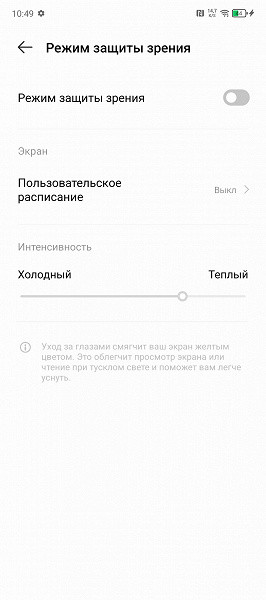
The device doesn't seem to support DisplayPort Alt Mode for USB Type-C, which means there's no way to output image or audio to external devices through this port.
In conclusion, the smartphone screen has a high maximum brightness (up to 950 cd/m²) and excellent anti-glare properties, which allows comfortable use outdoors even in sunny weather. In complete darkness, the brightness can be reduced to 2 cd/m², ensuring comfortable reading. The automatic brightness adjustment mode works adequately, although it does not allow precise adjustment to individual requirements. The advantages of the screen include an effective oleophobic coating and support for refresh rates up to 120 Hz. Common advantages of OLED screens include true blacks (as long as there are no reflections), excellent white field uniformity, and less loss of brightness when viewed at an angle compared to LCDs. However, a wide color gamut can result in distorted and unnatural colors in photos and videos. Overall, the screen quality is high.
Camera
The Infinix Note 40 smartphone is equipped with a main camera with a 108 MP sensor and an f/1.9 aperture lens, as well as two 2 MP auxiliary sensors. The main camera supports PDAF phase detection autofocus, but lacks the optical stabilizer that is present in the older model.
The camera takes 12MP photos by default using its 9-in-1 pixel binning feature. However, shooting in full resolution of 108 MP is also available. Full-size photos may provide a slight advantage in detail, but when viewing thumbnail images, the difference between modes is almost imperceptible.
In good lighting, the camera takes bright, clear photos with good exposure, pronounced contrast and accurate color reproduction. However, blurring is visible at the edges of the frame, which is due to the quality of the lenses. However, considering the price category of the smartphone, the photo quality is quite decent.
Additional examples of pictures taken with the main camera in auto mode:
But the night mode is subjected to too much processing. The exposure is overexposed, the colors are oversaturated, the detail is lost in the process of dealing with noise.

The zoom on this smartphone is only digital, so the processor can crop images in any resolution. However, cropping from 12-megapixel photos looks bad — textures become blurry. It is better to use the zoom in 108 megapixel mode, where detail is preserved better. Although detail gradually deteriorates as you zoom in, there's still plenty of detail at 3x zoom.
The maximum resolution for recording video on a smartphone is 2.5K (1440p) at 30 frames per second. To achieve 60 frames per second you need to reduce the resolution to 1080p. Electronic stabilization is only available at 1080p@30 fps. Video at 1440p looks quite bright and clear with good detail, but the smartphone is not suitable for active shooting in motion. It's better to use it for static shots. Sound recording is good, but the smartphone cannot cope with wind noise.
Telephone and communications
The smartphone supports most mobile networks up to 4G, dual-band Wi-Fi 5, Bluetooth 5.2 and NFC. It does not support 5G and e-SIM. Within the Moscow region, the smartphone demonstrates reliable operation in wireless networks, maintains a stable connection and quickly restores it after interruptions. All the necessary built-in sensors, including a gyroscope, are present.
Satellite navigation is carried out using GPS, Glonass, BDS, Galileo and QZSS. Satellites are found quickly during a cold start, positioning accuracy is good.
The speaker is loud enough and the voice of the interlocutor is intelligible. The vibration alert is simple and rough; there is no linear vibration motor, as in the older model.
Software and multimedia
The Infinix Note 40 smartphone runs on Android 14 OS with XOS 14 skin. The interface is clean and well translated, with a minimum number of pre-installed applications and no ads, which makes it stand out from the Realme and Redmi skins. Infinix also provides two years of Android update support and three years of security update support for its devices.
The notification shade is divided into two parts. The official Google Play store and Google services are available. The Always-On feature remains limited — the information screen is activated only when touched, and not always. There is also a fashionable Dynamic Port function, an analogue of the Dynamic Island, which was popular with Chinese manufacturers.
The smartphone is equipped with stereo speakers that provide loud sound, but with a predominance of high frequencies and not too pronounced mids; low frequencies are practically absent. The device supports DTS sound system with preset presets. However, there is no 3.5mm audio output for wired headphones, which is not entirely typical for devices in this price segment.
Performance
The Infinix Note 40 smartphone is powered by an octa-core Mediatek Helio G99 Ultimate SoC with Mali-G57 MC2 GPU. The RAM options are 8GB or 12GB and the internal storage is 256GB. There is no support for memory cards, but it is possible to connect external devices via USB Type-C in USB OTG mode.
The Mediatek Helio G99 Ultimate is an overclocked version of the Mediatek Helio G99 and offers slightly better performance, although it scores only slightly higher in AnTuTu. Overall, the performance is enough to perform everyday tasks and ensure a smooth interface, but it is not suitable for recording 4K video at 60 fps. Games can be run, but not at the highest settings.
Testing in comprehensive tests AnTuTu and GeekBench:
For convenience, we have collected all the smartphone testing results in tables that include the latest versions of popular benchmarks. Also added to the table are several other devices from different segments tested on the same benchmark versions to provide a clear comparison. However, the results from different versions of benchmarks cannot be combined in one comparison, which leaves out of consideration many current models that were tested on previous versions of the programs.
| Infinix Note 40 (Mediatek Helio G99 Ultimate) | Huawei nova 12s (Qualcomm Snapdragon 778G) | OnePlus Nord 3 5G (Mediatek Dimensity 9000) | Realme 12 Pro+ (Qualcomm Snapdragon 7s Gen2) | Redmi Note 13 Pro+ (Mediatek Dimensity 7200 Ultra) | |
|---|---|---|---|---|---|
| AnTuTu (v9.x) (bigger is better) | 388230 | 546957 | 789188 | 576685 | 669583 |
| GeekBench 6 (bigger is better) | 738/2025 | 996/2453 | 1077/3175 | 894/2801 | 1126/2643 |
Testing the graphics subsystem in GFXBenchmark gaming tests:
| Infinix Note 40 (Mediatek Helio G99 Ultimate) | Huawei nova 12s (Qualcomm Snapdragon 778G) | OnePlus Nord 3 5G (Mediatek Dimensity 9000) | Realme 12 Pro+ (Qualcomm Snapdragon 7s Gen2) | Redmi Note 13 Pro+ (Mediatek Dimensity 7200 Ultra) | |
|---|---|---|---|---|---|
| GFXBenchmark Aztec Ruins OpenGL (Onscreen, fps) | 18 | 34 | 96 | 35 | 50 |
| GFXBenchmark Aztec Ruins Vulkan (Onscreen, fps) | 16 | 38 | 105 | 39 | 55 |
| GFXBenchmark Car Chase ES 3.1 (1080p Offscreen, fps) | 17 | 33 | 79 | thirty | 43 |
| GFXBenchmark Manhattan ES 3.1 (1080p Offscreen, fps) | 28 | 56 | 151 | 54 | 74 |
| GFXBenchmark T-Rex (1080p Offscreen, fps) | 67 | 133 | 293 | 122 | 191 |
Testing in browser cross-platform tests:
| Infinix Note 40 (Mediatek Helio G99 Ultimate) | Huawei nova 12s (Qualcomm Snapdragon 778G) | OnePlus Nord 3 5G (Mediatek Dimensity 9000) | Realme 12 Pro+ (Qualcomm Snapdragon 7s Gen2) | Redmi Note 13 Pro+ (Mediatek Dimensity 7200 Ultra) | |
|---|---|---|---|---|---|
| Google Octane 2 (bigger is better) | 24041 | 24923 | 29390 | 30529 | 39276 |
| JetStream (bigger is better) | 76 | 67 | 76 | 85 | 79 |
Memory speed test results:
Heat
We test for performance degradation when heating using the Burnout Benchmark program, which allows you to load the CPU, GPU and NPU:
| Stress on | Heating performance, as a percentage of maximum |
|---|---|
| CPU | 43% |
| GPU | 86% |
| NPU | 19% |
Battery life
The Infinix Note 40 smartphone is equipped with a standard 5000 mAh battery for the modern market, but its autonomy was lower than expected.
Testing was carried out at normal power consumption levels without using the power saving features included in the device. Test conditions: the minimum comfortable brightness level is set (about 100 cd/m²). The tests included the following tasks: endless reading in the Moon+ Reader application (using the standard light theme), continuous viewing of videos in HD quality (720p) and the game Injustice 2 with automatic graphics settings.
| Battery capacity | Reading mode | Video mode | 3D gaming mode | |
|---|---|---|---|---|
| Infinix Note 40 | 5000 mAh | 18:30 | 15:00 | 6 h 30 min |
| Tecno Spark 20 Pro+ | 5000 mAh | 18:00 | 14:00 | 6:00 a.m. |
| Vivo V30 | 5000 mAh | 23:00 | 21:00 | 8:00 a.m. |
| Vivo V29 | 4600 mAh | 21:00 | 19:00 | 8 h 30 min |
| Infinix GT 10 Pro | 5000 mAh | 20:30 h. | 18:00 | 8 h 30 min |
| Tecno Camon 20 Pro 5G | 5000 mAh | 19:00 | 16:00 | 7:00 a.m. |
| Vivo V27 | 4600 mAh | 25:00 p.m. | 19:00 | 7:00 a.m. |
These figures represent the maximum possible results obtained under ideal conditions, including no SIM cards installed. Any changes to the use case will likely result in a decrease in these metrics.
Full charging from the supplied AC adapter takes just over an hour. The device supports the updated fast charging protocol version 2.0 with the Cheetah X1 controller. It also supports wireless charging up to 20W and reverse wireless charging.
Bottom line
Infinix Note 40 is already available for sale at around $230 from official stores. At the same time, the cost of the older Note 40 Pro model varies from $300 to $320 depending on the amount of RAM (8 or 12 GB). The main differences between the models are the lack of optical stabilization in the camera of the younger device and lower charging power. The appearance also varies noticeably, which can be an important factor in your choice. Both smartphones are aimed at a youth audience and have an impressive design, but you should not expect a high technical level from them.


